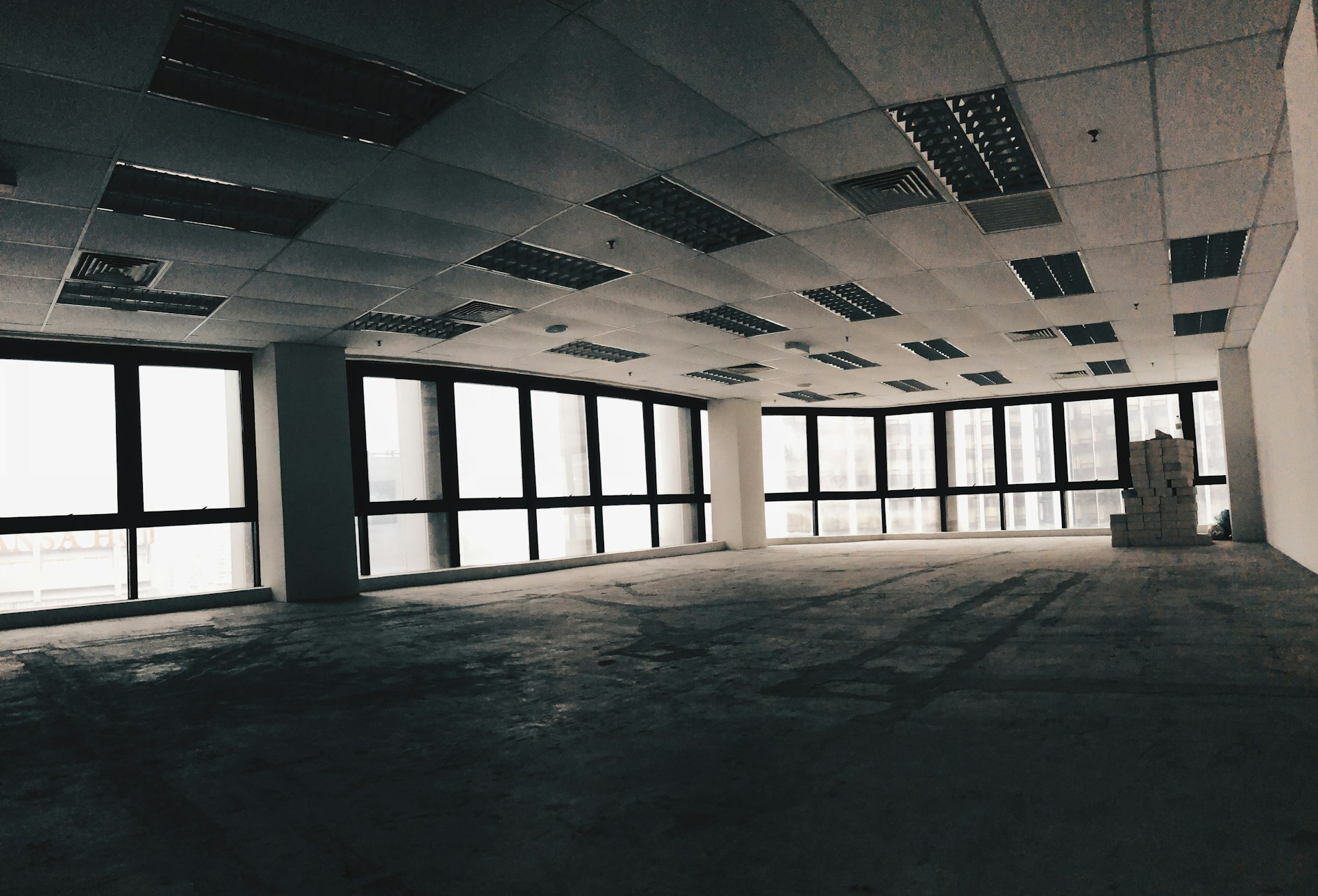The commercial real estate (CRE) sector is emerging as a significant risk to the stability of smaller and regional banks in the United States. Although regulators maintain that the overall banking system can withstand this threat, the potential for localized bank failures remains high. Here’s an in-depth look at the factors driving CRE distress and the implications for the banking sector.
CRE Loans in Negative Equity
A critical issue facing the CRE sector is the high percentage of loans in negative equity. Approximately 14% of all CRE loans and 44% of loans on office buildings are estimated to be in this precarious position. Negative equity occurs when the outstanding debt exceeds the current property value, raising the risk of borrower defaults as their equity stakes are wiped out. This situation severely impacts the ability of borrowers to repay their loans, posing a significant threat to banks’ solvency.
A recent study warns that the negative equity situation could lead to solvency risks for “dozens to over 300 mainly smaller regional banks.” These institutions are particularly vulnerable due to their disproportionate exposure to the CRE market, especially office properties.
Factors Driving CRE Distress
Several factors are contributing to the current distress in the CRE sector:
- Rising Interest Rates: The increase in interest rates has driven up the cost of borrowing, making it more challenging for property owners to refinance or service existing debt.
- Shift to Remote Work: The pandemic-induced shift to remote work has severely impacted the valuations of office properties. Since early 2022, office property prices have plummeted by approximately 35%.
- Property Type and Location: Certain types of properties, such as hotels, retail properties, and larger office buildings, are experiencing higher expected default rates compared to smaller office spaces. Additionally, the geographic concentration of specific property types in certain regions exposes local banks to disproportionate CRE risks.
Regulatory Assessment
Despite the significant risks posed by the CRE sector, regulators believe the overall banking system can manage the threat. Federal Reserve Chair Jerome Powell has acknowledged that some bank failures are likely due to CRE exposure but stated that the largest banks are sufficiently capitalized to withstand the threat. Similarly, Treasury Secretary Janet Yellen has described the situation as “manageable,” while regulators closely monitor smaller banks with high CRE concentrations.
Simulations indicate that even a 20% default rate on CRE debt would result in losses that the overall banking system could absorb. However, the impact on smaller regional banks could be severe, with hundreds potentially facing solvency issues.
Implications for the Future
The CRE downturn poses a substantial risk to smaller regional banks with significant exposure to office and retail properties. While the largest banks may be well-capitalized to weather the storm, the uneven distribution of CRE distress means that localized bank failures remain a distinct possibility.
As the situation unfolds, investors and stakeholders must pay close attention to the evolving landscape. Understanding the factors driving CRE distress and the potential for localized bank failures is crucial for navigating the uncertainties ahead.
At Invest Offshore, we remain committed to providing insights and analysis on the global financial landscape. Stay tuned for more updates and expert opinions on the latest developments affecting international finance.
Citations:
[1] CaixaBank Research
[2] Kansas City Fed Economic Bulletin
[3] BNN Bloomberg
[4] Bloomberg
[5] BNN Bloomberg
By highlighting the CRE sector’s impact on smaller banks, this post aims to inform and prepare stakeholders for potential challenges in the banking industry.
Photo by Razlan Hanafiah on Unsplash

Leave a Reply